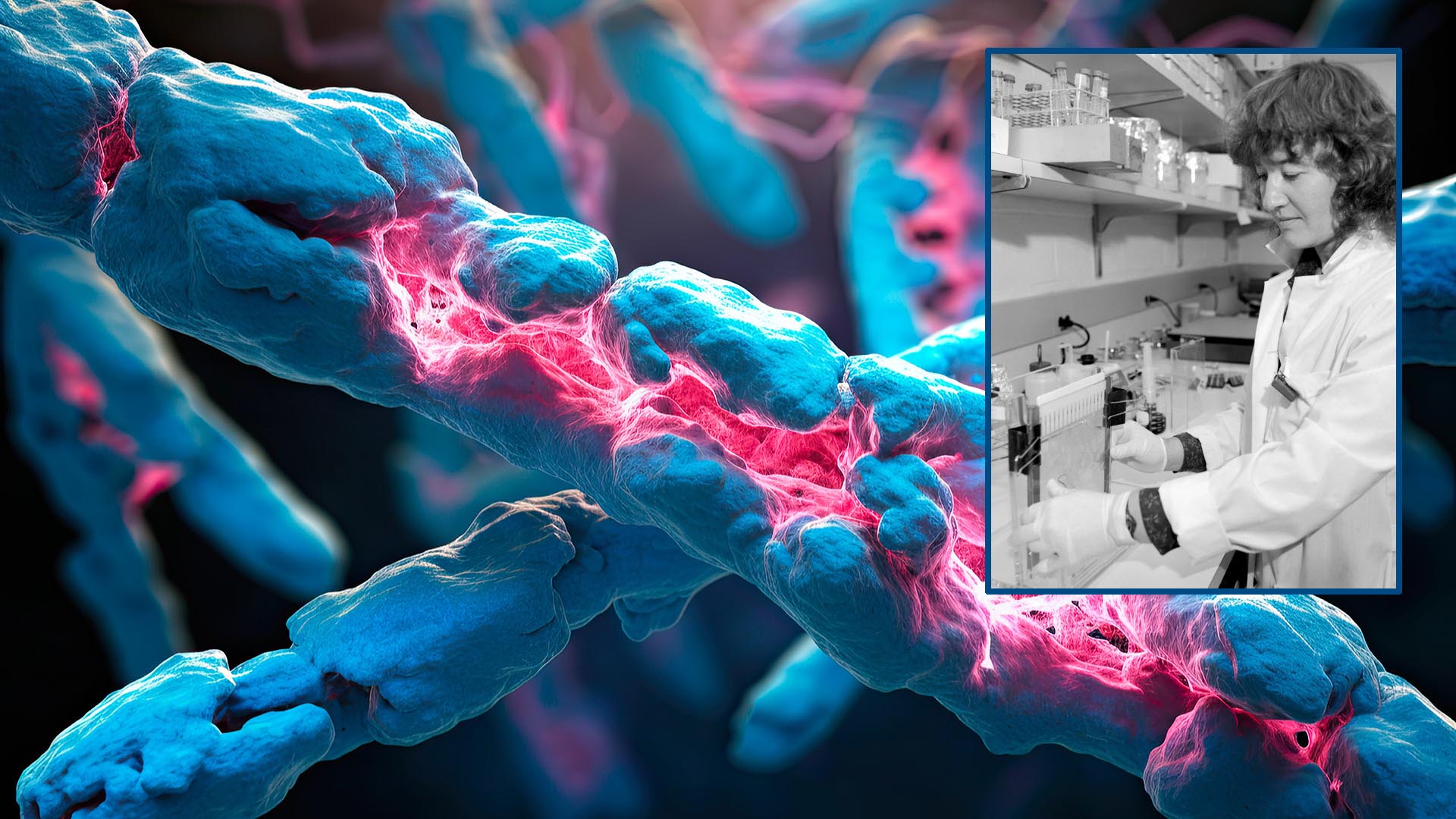Major scientific breakthroughs are often dismissed as “novel” discoveries. This is especially true in fundamental biology. It’s hard to fathom the importance of something if its real-world applications are not readily apparent. And it’s even harder when dealing with a topic that isn’t well understood in the first place. Take, for example, the groundbreaking work of Nobel laureate Carol Greider.
In 1985, Greider discovered an enzyme she dubbed telomerase. ‘What’s telomerase?’ you ask. Today, scientific leaders like Cold Spring Harbor Laboratory (CSHL) President & CEO Bruce Stillman can safely say, “It has important implications for cancer and aging.” But back in 1985? Maybe not so much. Greider and her mentor, Elizabeth Blackburn, showed that telomerase protects telomeres—the ends of chromosomes. What this meant for the world of science, let alone the world at large, wasn’t really clear.
CSHL had a hunch, though. The institution recruited Greider to become its second-ever fellow in 1988. In 1990, she was promoted to assistant investigator. Then, in 1992, Greider achieved another breakthrough. She uncovered a link between telomerase and cancer. The key is cellular senescence—when cells stop multiplying but don’t die. Senescence essentially drives aging. You get wrinkles—that’s senescence. Greider found that in some cancer cells, telomerase is activated where it shouldn’t be. This keeps the cells alive, allowing the cancer to grow and spread.
In 2009, Greider won the Nobel Prize in Physiology or Medicine. This made her the eighth Nobelist to come out of CSHL. Today, CSHL continues to build on her work.
Carol Greider delivers the commencement address at the CSHL School of Biological Sciences’ 14th annual graduation ceremony in 2017.
Corina Amor Vegas was hired as a fellow in 2022. Last month, she was promoted to assistant professor. Also last month, Amor Vegas showed that genetically tweaked immune cells, called CAR T cells, can eliminate senescent cells in mice. The CAR T cells rejuvenated older mice. And with just one treatment, younger mice enjoyed lifelong health benefits.
“The hope is that CAR T cells could have an effect on chronic and age-related pathology,” Amor Vegas says. “Through this work, we want to better understand the biology of aging and develop strategies to improve health span and quality of life.”
CAR T cells have already been used to treat certain cancers. In time, they may help prevent heart and lung disease, diabetes, or even neurological conditions like Alzheimer’s and Parkinson’s disease. The possibilities are endless. But then, that’s kind of the whole point of fundamental biology at CSHL.
“What intrigues basic scientists like me is that any time we do a series of experiments, there are going to be three or four new questions that come up when you think you’ve answered one,” Greider says. “Our approach shows that while you can do research that tries to answer specific questions about a disease, you can also just follow your nose.”
Written by: Jen A. Miller | publicaffairs@cshl.edu | 516-367-8455
